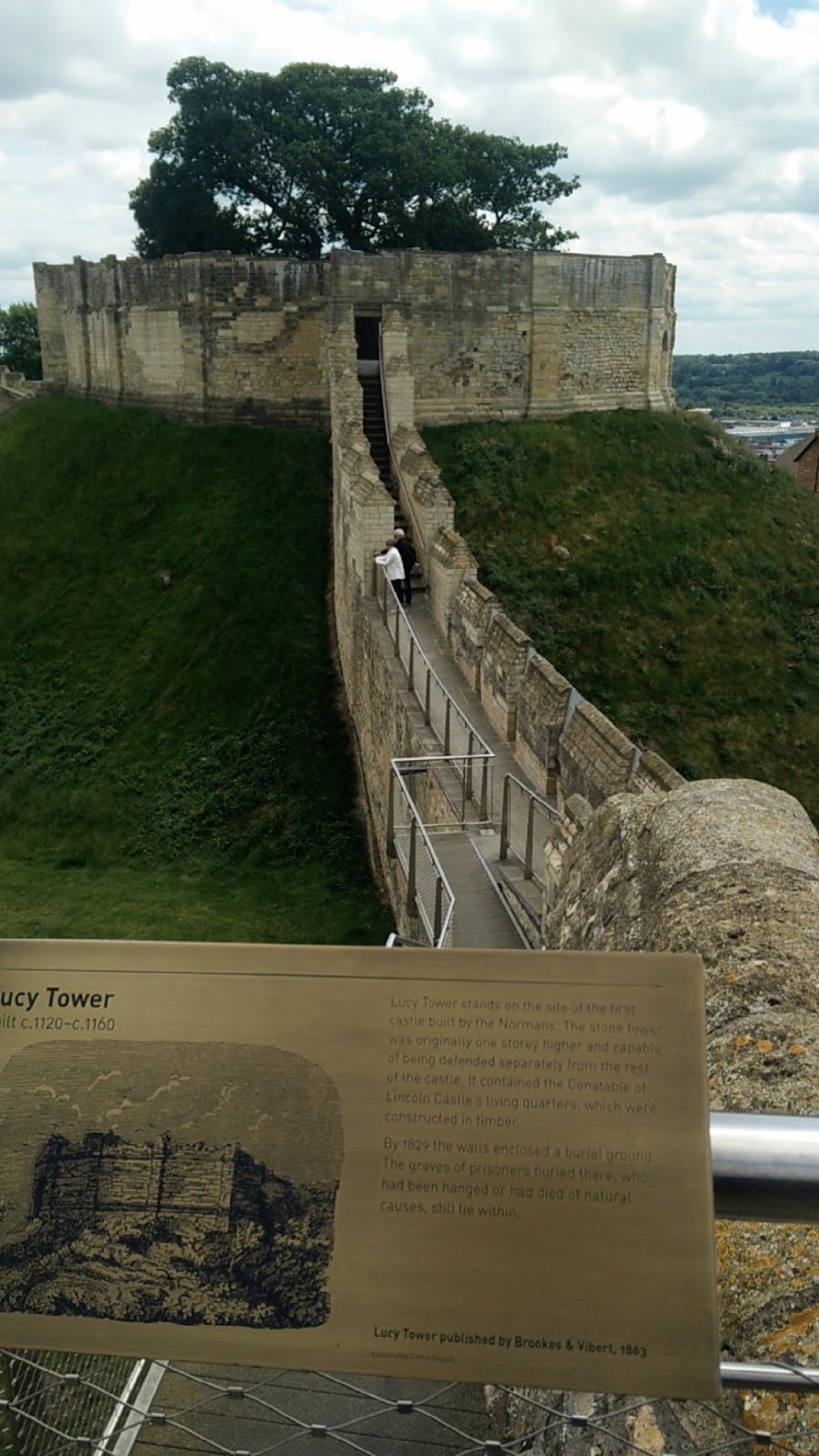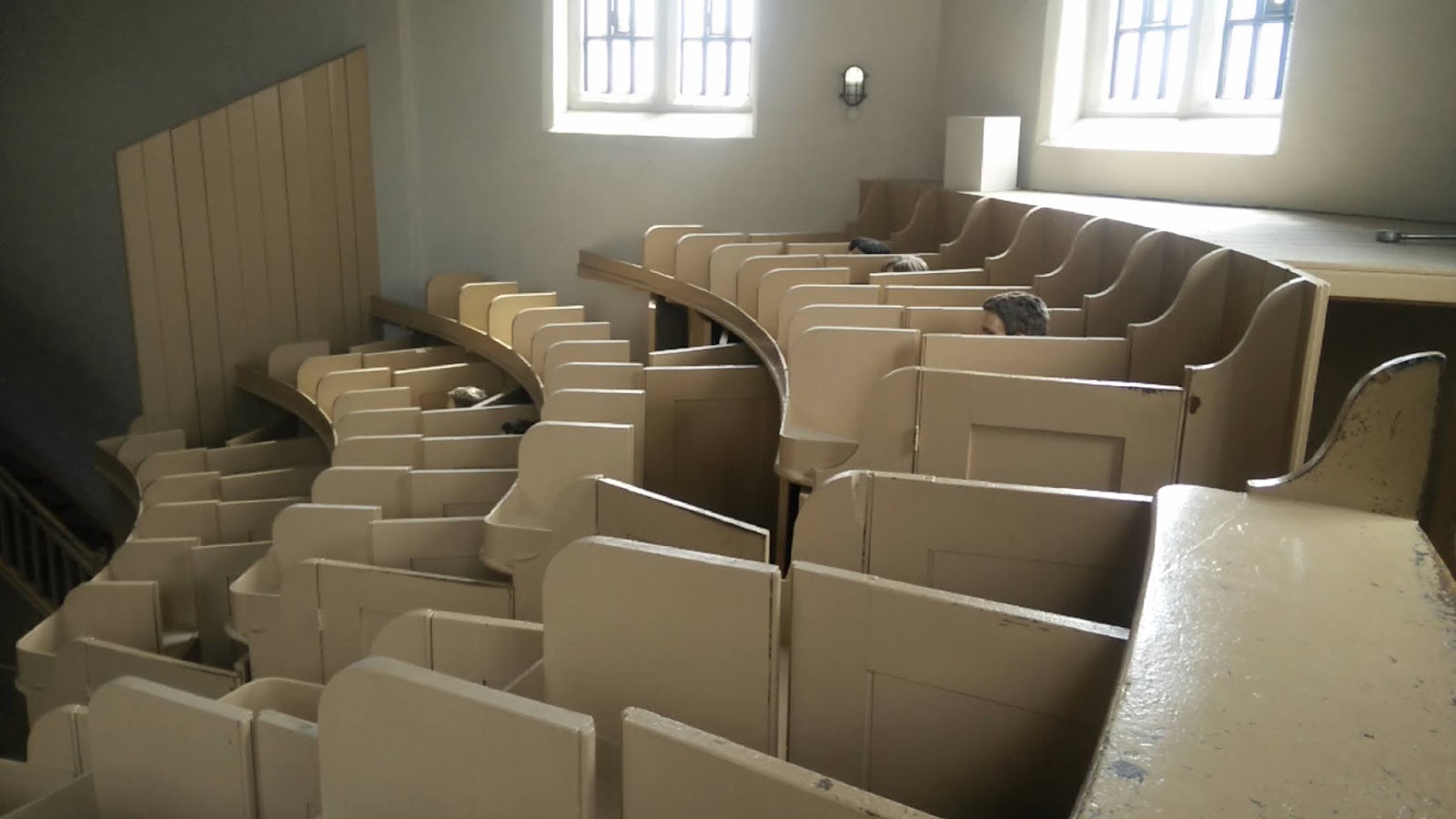27th May 2021
Newark
Built by Edward I to defend the strategic town of Newark at the meeting of the Great North Road and River Trent, the Queen's Sconce is a defensive earthworks.
Broadly a square with elongated corners for the siting of Canon, it helped to defend the South of the town from Parliamentary forces during the English Civil Wars.
Newark was a Royalist stronghold during this time and raiding parties were sent out from the castle to engage with the Parliamentarians.
This gives the town its motto "Trust In God and Sally Forth" (which is included on the modern representation of a Canon at the Sconce).
























































